20250516_India1,2&3_pen
According to the Indus Valley Report 2025 by Blume Ventures, India can be classified into 3 distinct demographics based on consumption of goods and services; India1, India2 and India3.
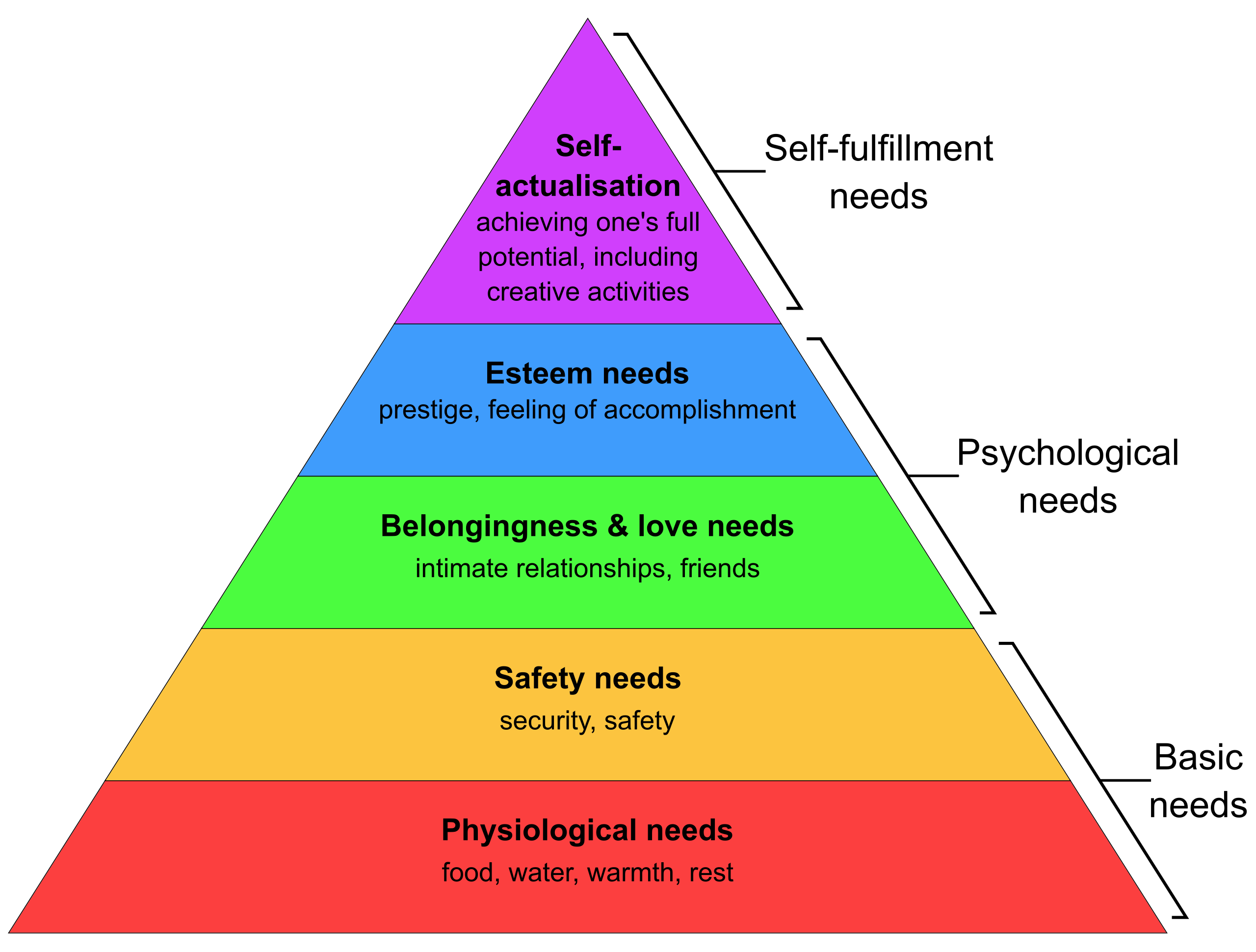
When we map these divisions to 20240609_Maslow'sHierarchyOfNeeds_info, here is a more detailed illustration.
India1 - The top 10% of Indians who drive 70% of consumerism in India; indulging in fine wining and dining, lucrative hobbies, and premium plans for personal services.
Hierarchical positions #1 & #2 - Aesthetic & Fulfillment needs.
India2 - The mid bracket (30%) whose growing consumption is motivated by their persistence in a growing market yet with primary focus on cost and accessibility.
Hierarchical position #3 & #4 - Psychological & Safety needs.
India3 - The lowest bracket (60%), with the purchasing power for nothing more than meeting their bare minimum requirements on a daily basis; food, shelter, clothing, etc. Hierarchical position #5 - Physiological / Basic needs.
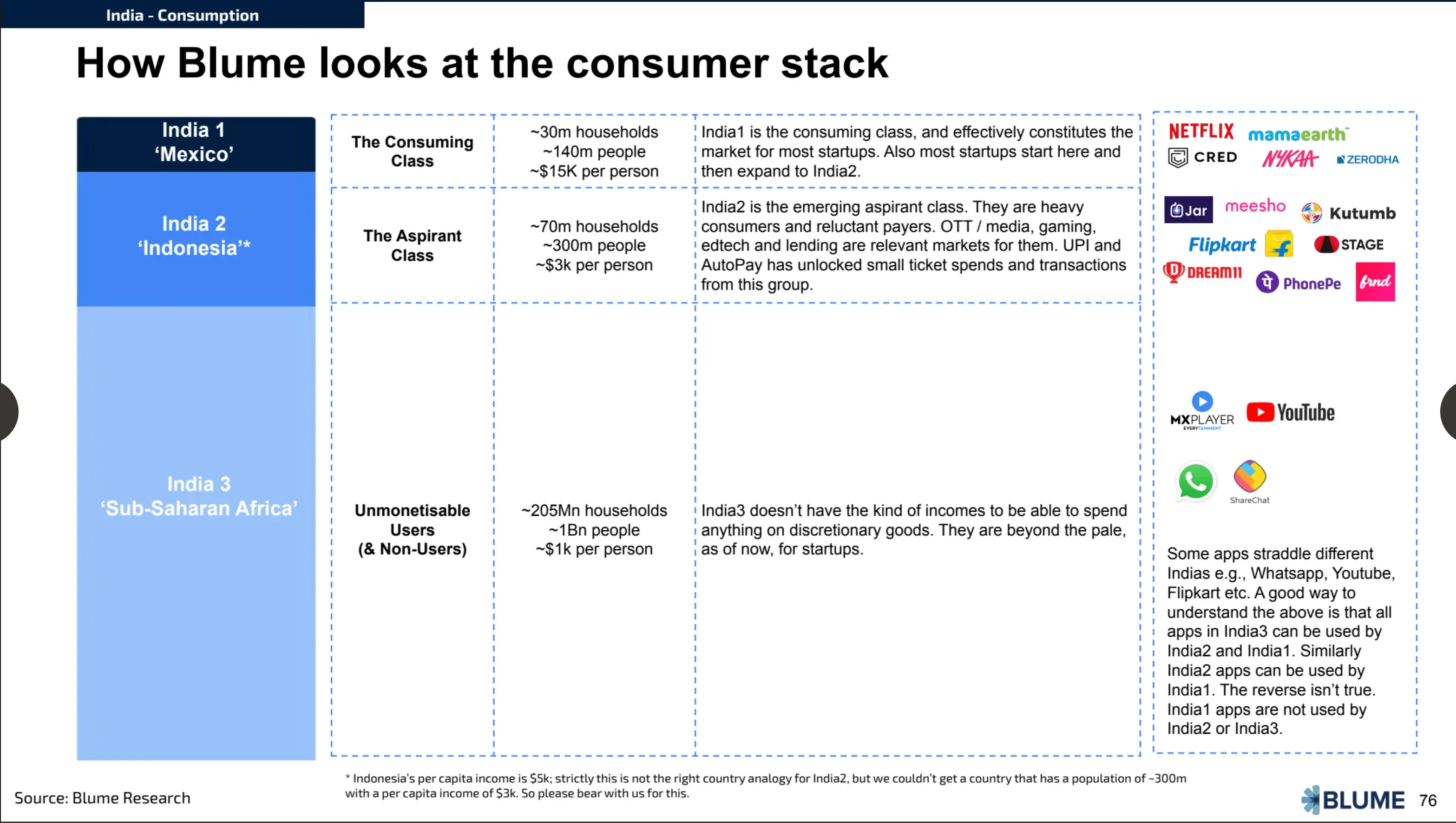
The report clearly states that the current market dominance of the personal service industry, with the likes of Swiggy, Zepto, Blinkit, Urban Company, etc. is largely driven by India1's need for convenience and India2's more hesitant yet significant efforts in meeting their physiological needs with ease.
And a huge proportion of India1 and India2 consumption is fueled by companies who leverage a workforce comprising of a large proportion of people from India3 and a smaller one from India2.
So, why is this relevant?
We're living in an era of overconsumption; the internet and its resultant tools has given unprecedented access to all the resources one may ever need.
Hence, the terms 'upper', 'middle' and 'lower' class which are based mainly on income levels, may paint an incomplete picture.
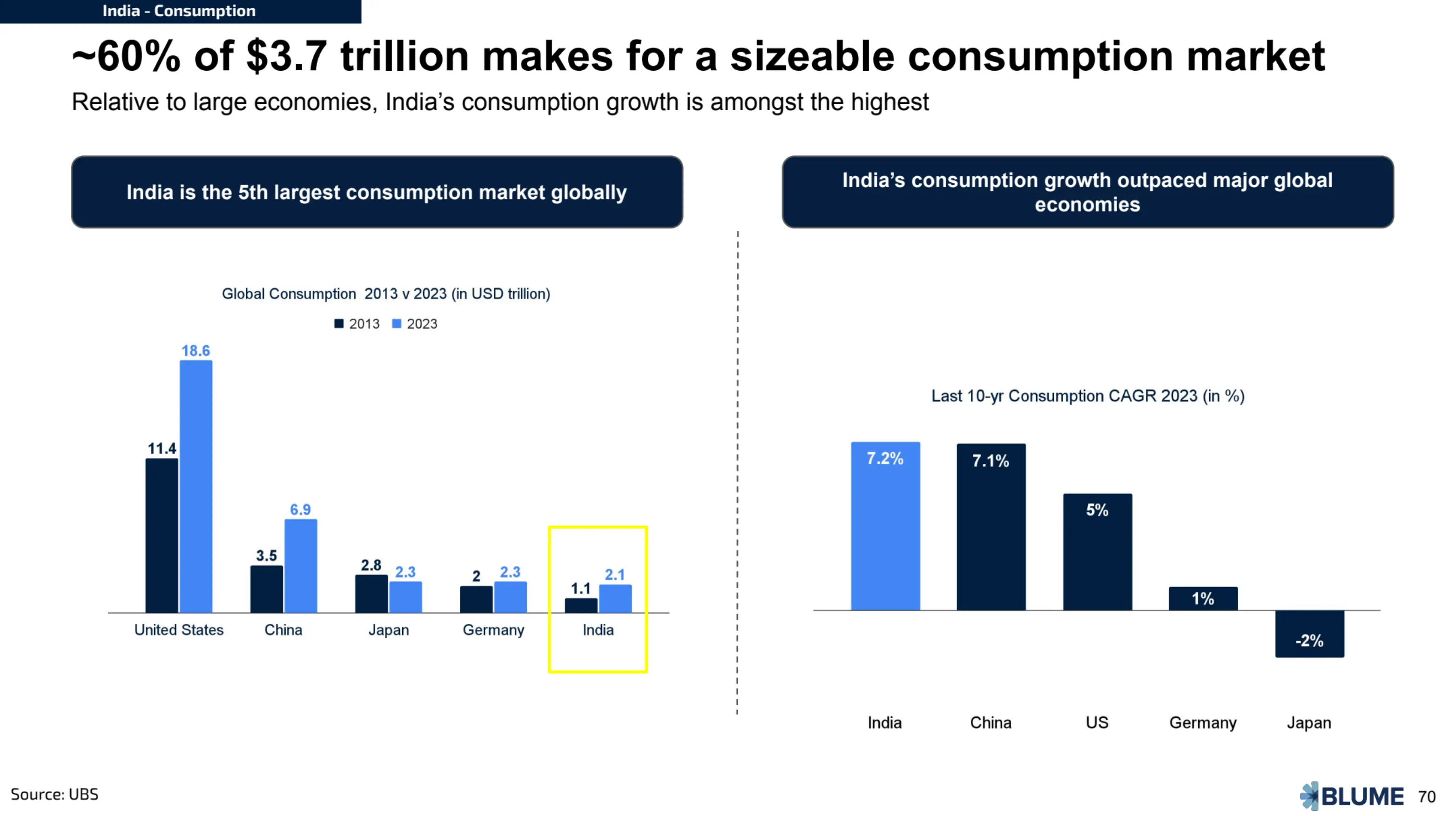
Think about it; we're living in a country where a family of four living in Chennai/Bangalore can survive with an income of 6-8LPA, and a single person in the same neighborhood who earns 12-20 LPA also lives paycheck to paycheck.
Based purely on their income and expense sheet, both are making their ends meet. But their consumption behaviour are vastly different. When mapped to their needs, it can point out how they live in 2 different Indias.
With the labels India1, India2, and India3 based on consumption, we can properly legitimize the inequality that persists, resulting in a privilege enjoyed by a few and the lack of it for so many.
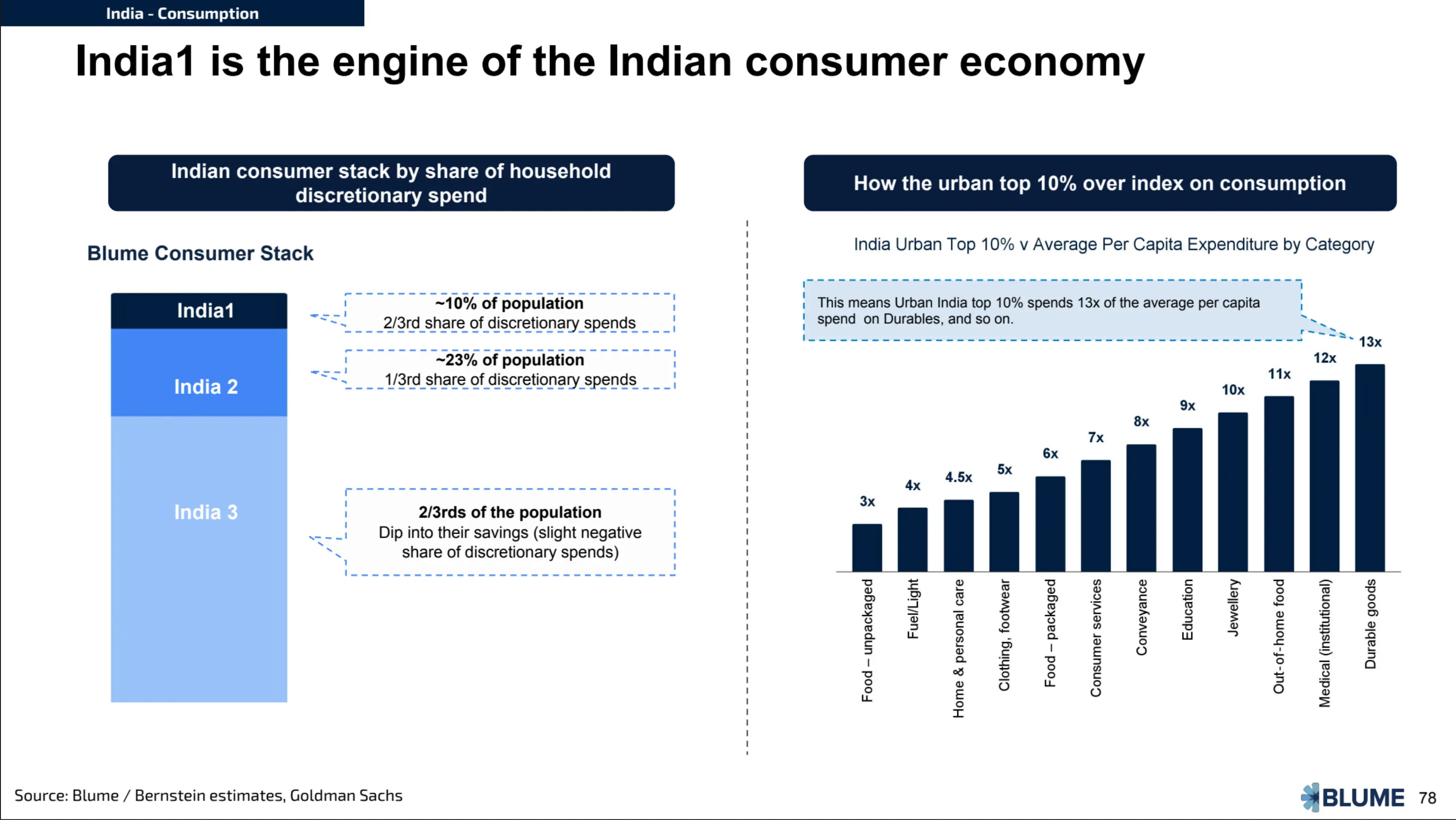
But the point isn't to demarcate these divisions saying this is exactly how consumer behaviour is rooted. Certainly, deviant patterns exist. Discretionary spending is mostly directed by marketing trends affecting consumers each India differently, some across all 3 Indias. Thus, the free market has enabled greater access to international products/services at reduced costs. Social media platforms exist for anyone with an email address and/or a phone number to spare. Consumption as well as production is now more widely distributed.
Hence, more and more people emerging from India 3, with the means to do so, are joining India2, and similarly from India2 to India1, through sheer effort. That's why they're the success stories we value the most, considering how difficult it can be to break through the barriers of class, caste, gender, and religion.
Yet despite the positive outcomes, it's understandable that the wealth gap isn't just widening, but also deepening at a higher rate. And this report presents the data for this truth.
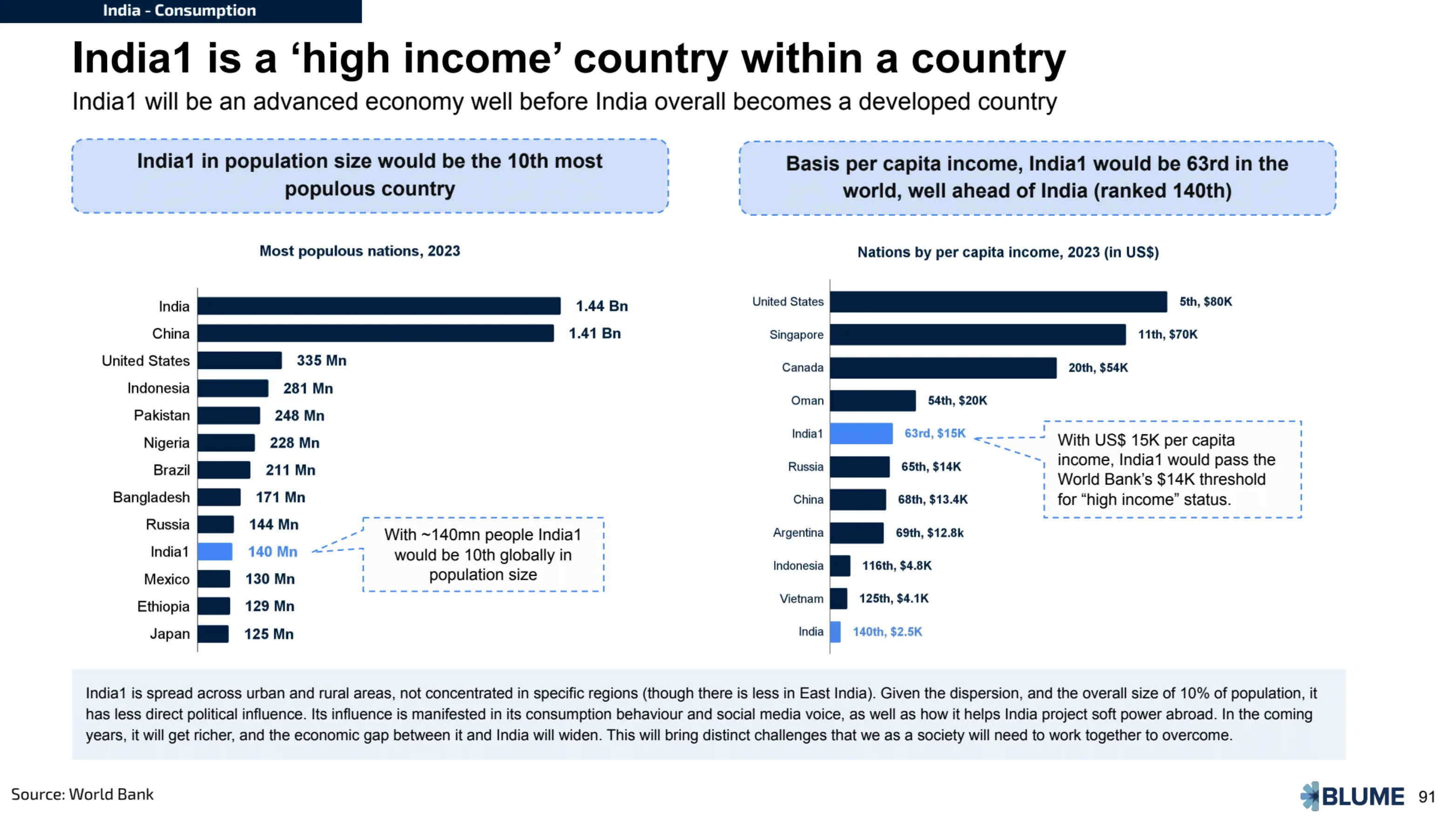
To my fellow Indians who're reading this, just know that we're here not just because of outcomes set into place by our favorable start conditions (believe it or not, caste has had a VERY major role to play here), and the work we put in. We're also here because of our day-to-day living, the way we spend on ourselves, our family, friends, colleagues, strangers, etc.
If we're looking into how we can improve society for the better, the first thing we must look into is decide how we must spend our own time and money, our two most valuable commodities in our lives. And this starts with the awareness of the economic, political, and social activity that surrounds us.
Once we control our personal consumption, we can then move onto thinking about the production of maximum amount of good for the highest number of people. From a majorly hedonistic way of life to a more utilitarian one.